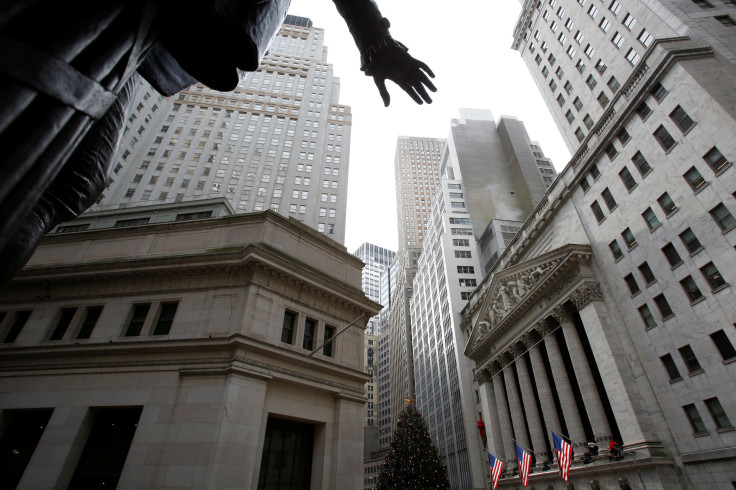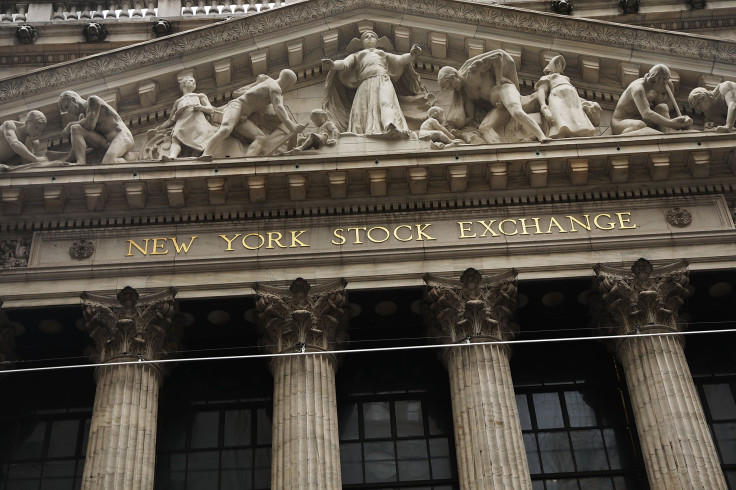Recession 2020 Warning: Yield Curve Inversion Drops To Lowest In 12 Years, Biggest Indicator

Yield on the key 10-year Treasury note took a curve for the worst, plunging to its lowest level against the two-year yield since 2007 and stoking fears of an imminent economic recession.
The yield on the benchmark two-year Treasury fell in tandem, stumbling 1.526%, or 5 basis points above the 10-year note’s rate of 1.476%. It closed inverted Monday.
The spread between two- and 10-year Treasury yields fell to as low as negative 4.2 basis points Tuesday. This was its most inverted level since May 2007 and is the offshoot of investors fleeing to safe-haven assets like U.S. government bonds as Trump’s trade war against China continues. The result of this flight is to push yields lower.
Analysts noted the last inversion of this part of the yield curve before August 2018 began in December 2005. This was two years before the financial crisis and Great Recession of 2008 that savaged economies worldwide.
The worsening inversion is “certainly validating that a recession has a great chance of being here a year, year and a half from now,” noted Kevin Giddis, head of fixed income capital markets at investment bank and financial services firm, Raymond James Financial, per CNBC.
On average, the yield curve inversion appears 22 months before a recession, said Credit Suisse.
More grim news: the spread between the three-month Treasury yield and that of the 10-year note plunged to -52 basis points, its lowest since March 2007.
Taken together, the yield fall in the two-year Treasury note along with the slump in the spread between the three-month Treasury yield and the 10-year note (the Fed’s preferred inversion metric) raise recession fears among investors.
The 30-year bond yielded 1.955% and will likely close below the three-month bill yield for the first time since 2007.
Fixed income traders see a 10-year rate below the two-year yield as an important recession indicator. This phenomenon sees bondholders receiving better compensation in the short term.
Historically, the two-year rate has exceeded the 10-year rate ahead of every recession over the past 50 years. And it is a fact the last five 2-10 inversions all led to recessions.
Stock dividends are also exhibiting clear warning signs of an impending recession. Stocks are now earning more for investors than key long-term Treasury bond for the first time since the Great Recession that began in 2008.
The U.S. 30-year yield plunged below the S&P 500′s dividend yield on Tuesday. It’s the first time this has occurred since March 2009 this phenomenon has happened, said Bespoke Investment Group LLC.
“The outlook is much better for stocks than it is for long-term Treasurys right now,” said Bespoke co-founder Paul Hickey to CNBC. “For an investor looking to hold something for the long term, it makes equities relatively attractive.”

© Copyright IBTimes 2025. All rights reserved.



















